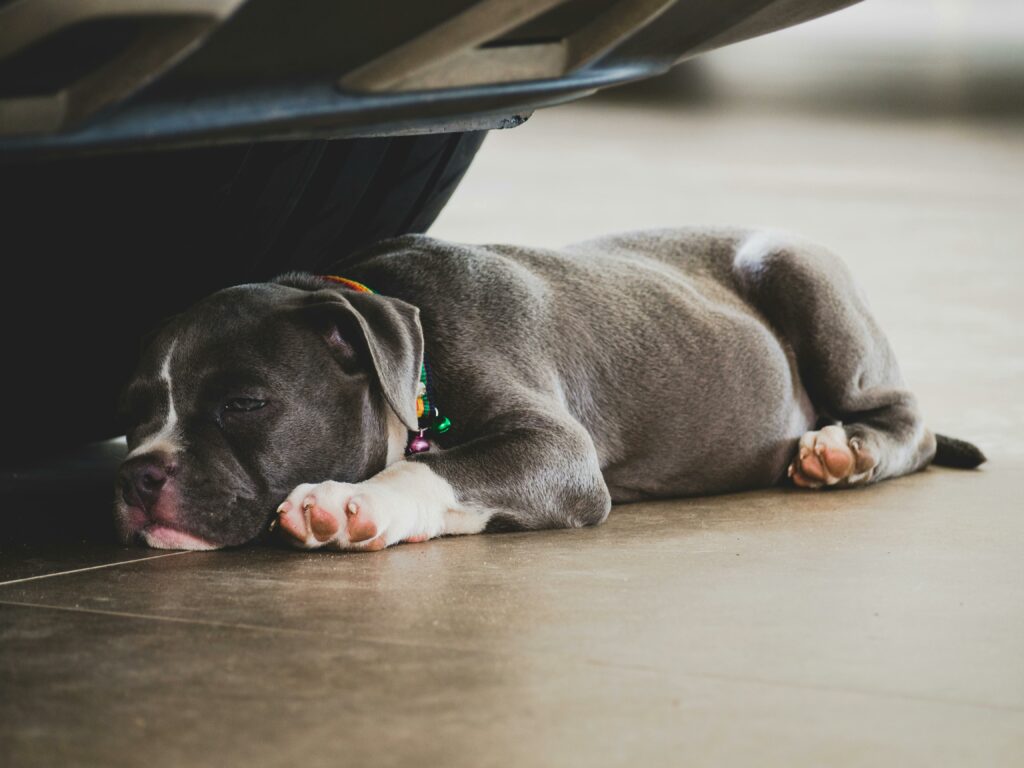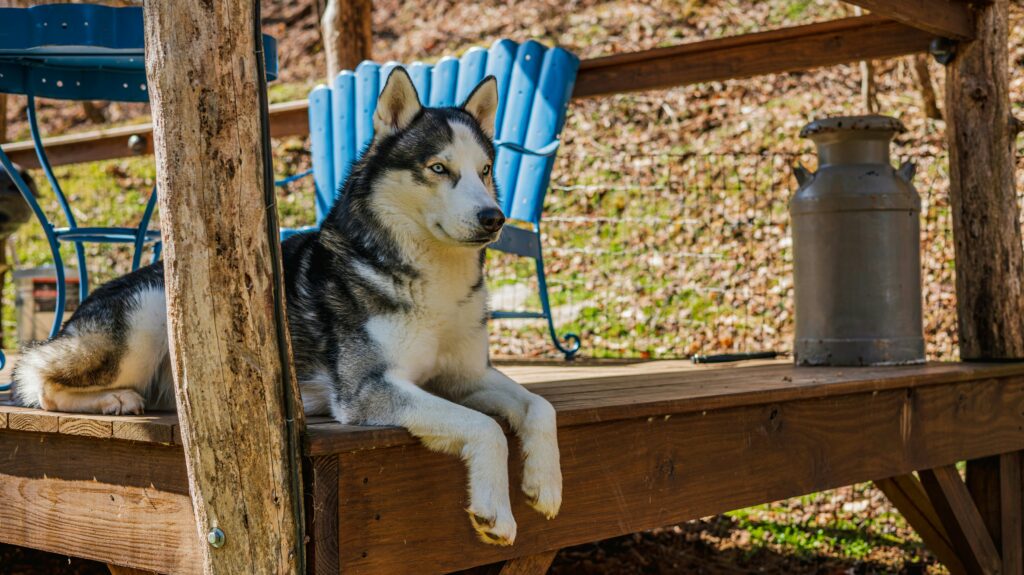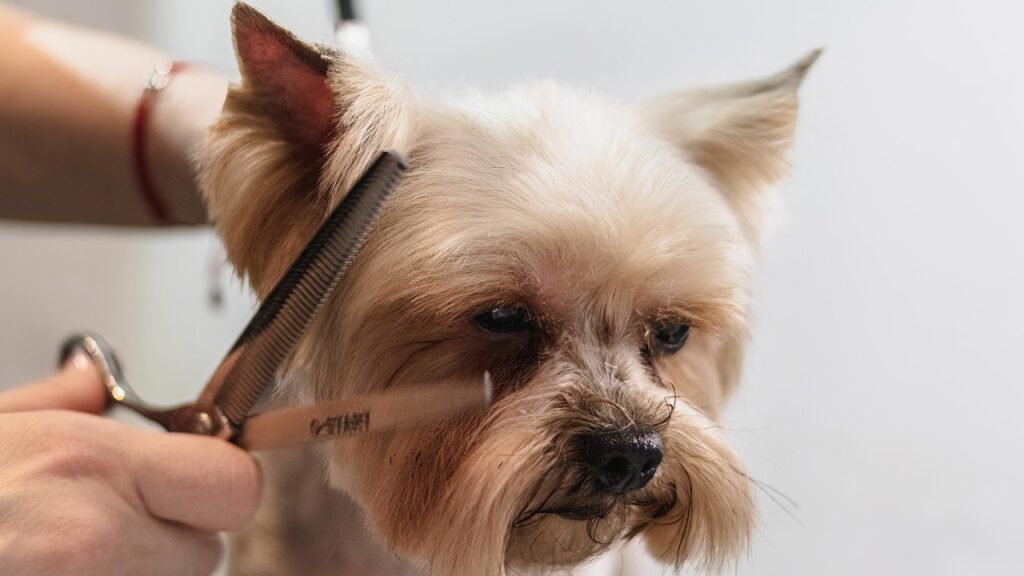
Grooming your dog at home can be a rewarding experience, allowing you to bond with your pet while keeping them clean and healthy. In Singapore, where professional grooming services can be costly, many pet owners are turning to DIY dog grooming as an alternative. However, grooming isn’t just about trimming fur—it involves proper techniques, suitable tools, and understanding your dog’s specific needs.
In this guide, we’ll cover everything you need to know about DIY dog grooming in Singapore, including essential tools, step-by-step instructions, and local regulations to keep in mind.
Why DIY Dog Grooming?
Choosing to groom your dog at home has several advantages:
Firstly, professional grooming services in Singapore can range from $50 to over $150 per session, depending on the breed and services required. DIY grooming can significantly cut down these expenses.
Secondly, grooming builds trust between you and your pet, making them more comfortable with handling.
Thirdly, you get to choose pet-friendly, non-toxic shampoos and grooming products suited for your dog’s skin and coat type.
Lastly, some dogs feel nervous in a salon setting; grooming them in a familiar home environment can reduce their anxiety.
Essential Grooming Tools for DIY Dog Grooming
Before getting started, gather the necessary grooming tools to ensure a smooth process. The essential items include:
1. Brushes & Combs
- Slicker brush – Ideal for removing loose fur and preventing tangles.
- De-shedding tool – Helps reduce excessive shedding in breeds like Labradors and Huskies.
- Wide-tooth comb – Suitable for detangling curly-haired breeds like Poodles.
2. Dog Shampoo & Conditioner
- Choose a mild, hypoallergenic shampoo that suits your dog’s skin type.
- Dogs with sensitive skin benefit from oatmeal-based or medicated shampoos.
- Avoid human shampoos, as they disrupt the pH balance of a dog’s skin.

3. Nail Clippers or Grinders
- Guillotine-style clippers work well for small breeds.
- Scissor clippers are better suited for large breeds with thick nails.
- Electric nail grinders help smooth rough edges and reduce the risk of cutting too deep.
4. Ear Cleaning Supplies
- Use vet-approved ear cleaners and cotton pads to prevent infections.
- Avoid inserting cotton buds deep into the ear canal, as this may cause damage.
5. Clippers & Scissors for Hair Trimming
- Electric clippers for precise trimming, especially for long-haired breeds.
- Rounded-tip grooming scissors for delicate areas like the face and paws.
6. Towels & Blow Dryer
- Microfiber towels absorb moisture quickly.
- A pet-safe blow dryer with adjustable heat settings ensures a stress-free drying experience.
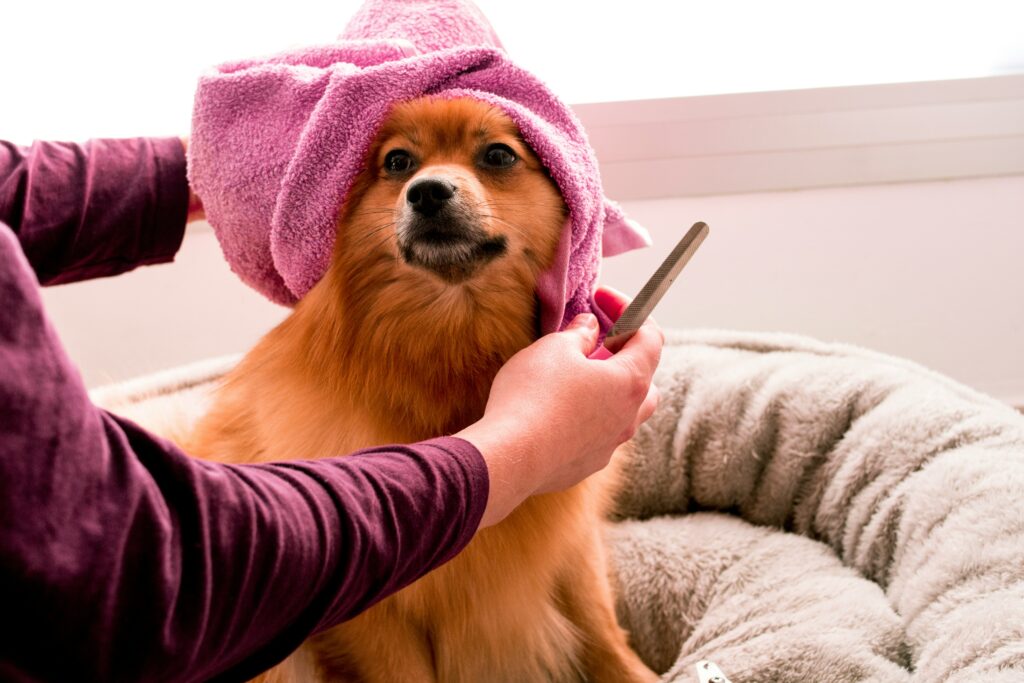
Step-by-Step Guide to Grooming Your Dog at Home
Step 1: Brushing & De-shedding
- Start by brushing your dog before a bath to remove loose fur and detangle any mats.
- Brushing also helps distribute natural oils, keeping their coat shiny and healthy.
Step 2: Bathing Your Dog
- Use lukewarm water to prevent discomfort.
- Next, Apply shampoo, lather, and rinse thoroughly to avoid residue buildup.
- Follow up with a moisturizing conditioner, especially for long-haired breeds.
- Gently towel-dry and use a low-heat blow dryer if necessary.
Step 3: Nail Trimming
- Hold the paw firmly and trim small portions at a time.
- Avoid cutting the quick, the sensitive part inside the nail, to prevent bleeding.
- Use a grinder to smooth rough edges for a neat finish.
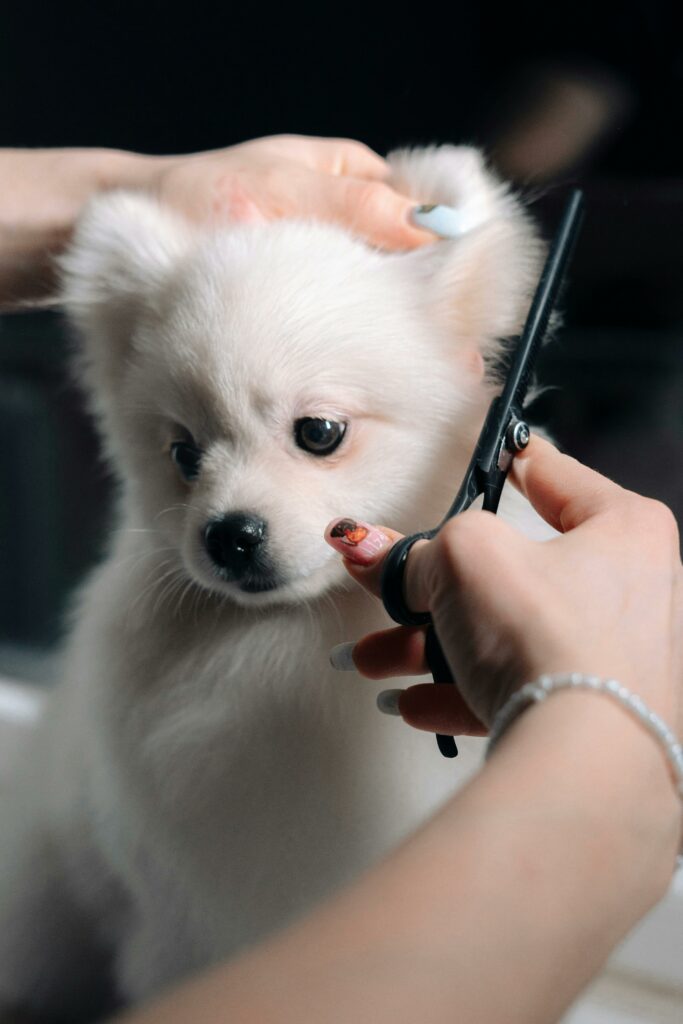
Step 4: Ear Cleaning
- First, soak a cotton pad with vet-approved ear cleaner, then wipe the outer ear.
- If your dog’s ears have a strong odor or excessive wax, consult a vet.
Step 5: Trimming Fur
- Use clippers for a uniform cut and scissors for detailed areas like around the eyes and paws.
- Trim between the paw pads to prevent dirt buildup.
Step 6: Finishing Touches
- Wipe your dog’s face with a damp cloth.
- Reward them with treats and praise for positive reinforcement.
Safety Tips
First and foremost, use only pet-safe products, as harsh chemicals can harm your pet’s skin. Additionally, avoid shaving double-coated breeds, since removing their undercoat can affect temperature regulation. Moreover, report any skin or health issues immediately—for instance, if you notice skin infections, unusual lumps, or excessive shedding, consult a vet right away. Lastly, be mindful of heat and humidity; always groom in a cool, well-ventilated area to prevent overheating.
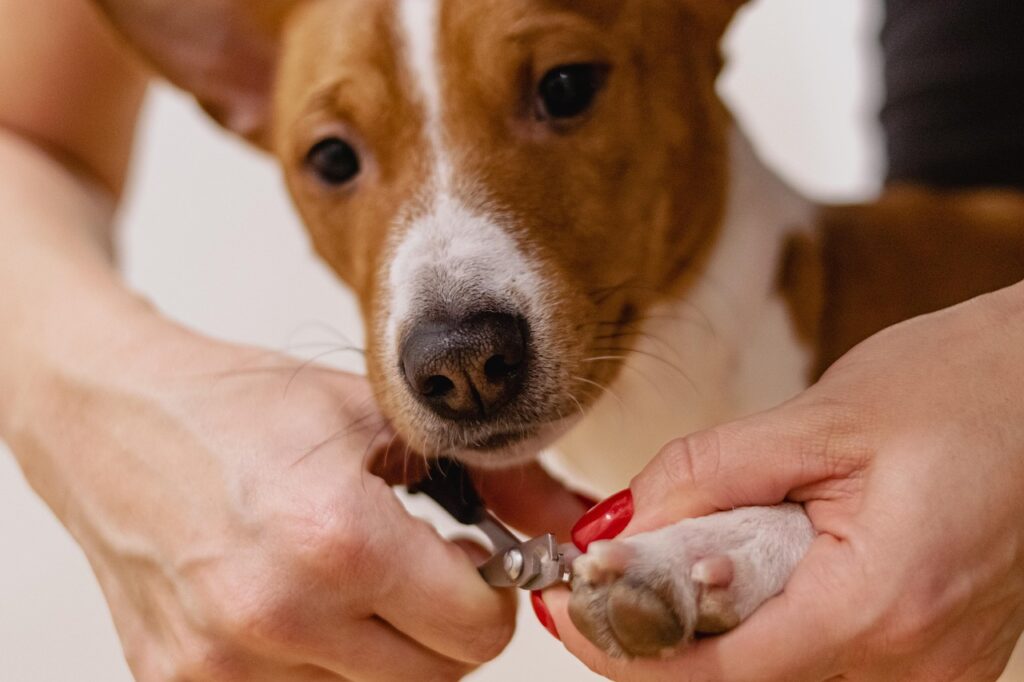
Common Mistakes to Avoid
Avoid skipping brushing before a bath, as wetting tangled fur makes mats harder to remove. Furthermore, never use human products, because shampoos designed for humans can disrupt a dog’s skin pH balance. When it comes to nail trimming, be cautious not to cut them too short—instead, always trim small amounts at a time to prevent pain. Lastly, never force an anxious dog; if your pet seems distressed, take breaks and offer reassurance to create a positive grooming experience.
Conclusion
DIY dog grooming in Singapore is a practical and rewarding option for pet owners. By using the right tools, following a structured grooming routine, you can keep your dog looking and feeling their best—all from the comfort of your home.
Remember, grooming should be a positive experience for both you and your pet. Take it slow, reward good behavior, and enjoy the bonding time with your furry friend!
References
How to Keep Your Dog’s Hair, Teeth, and Nails in Tip-Top Shape – https://www.thesprucepets.com/caring-for-dog-hair-teeth-nails-8695916
Four top dog grooming tips to make your pooch Crufts-worthy – https://www.thescottishsun.co.uk/money/14457796/sun-savers-dog-grooming-tips/































